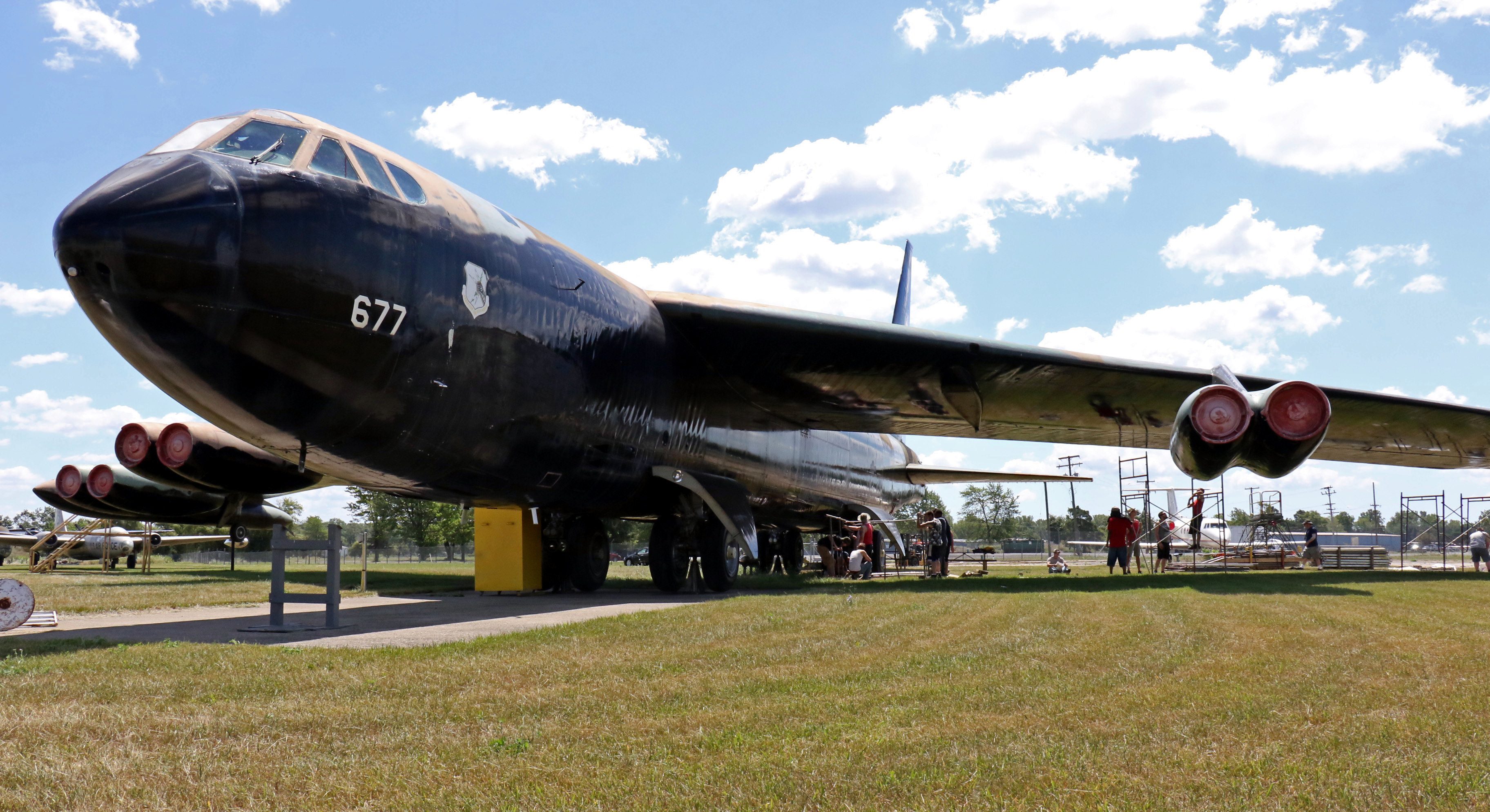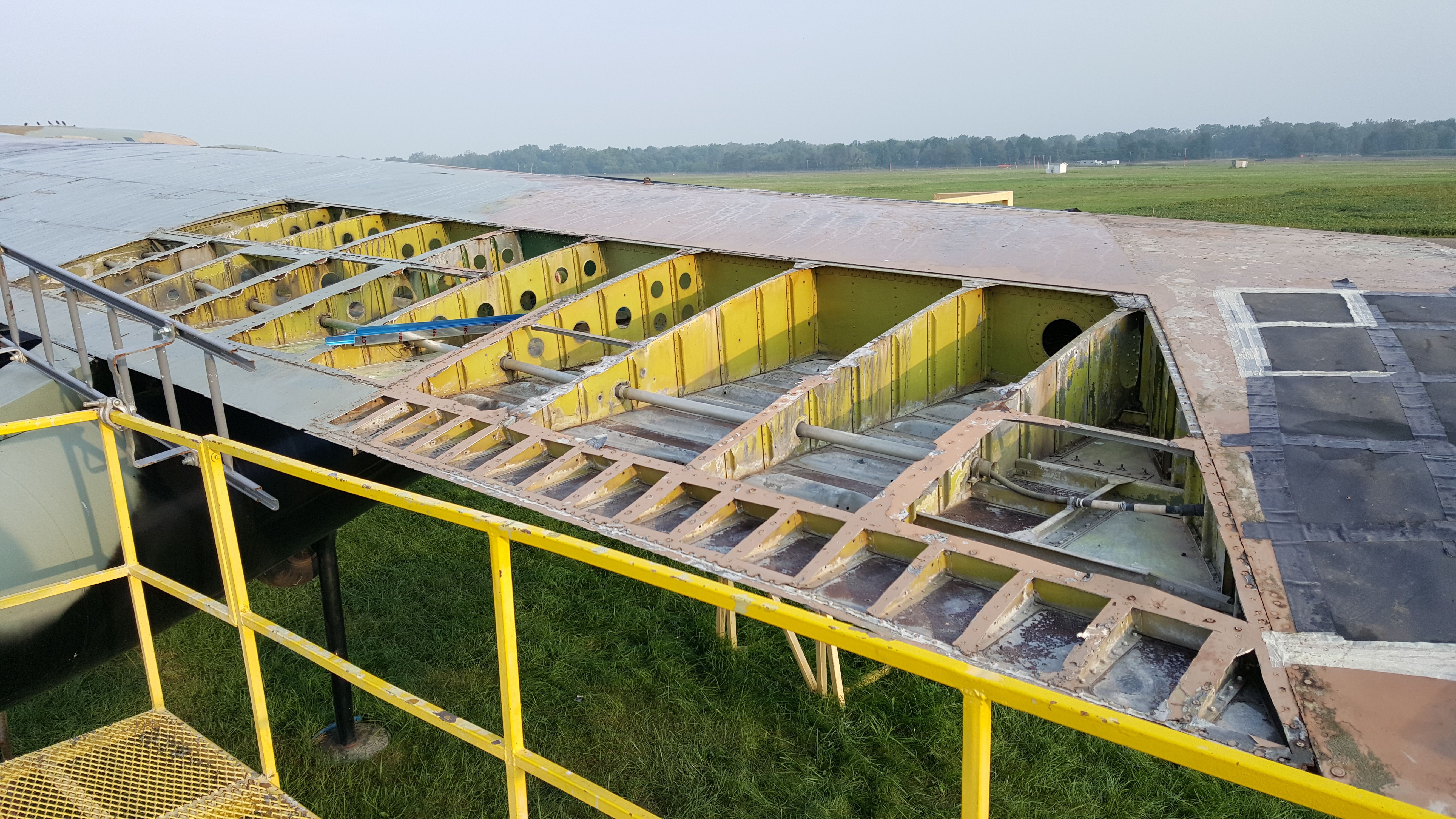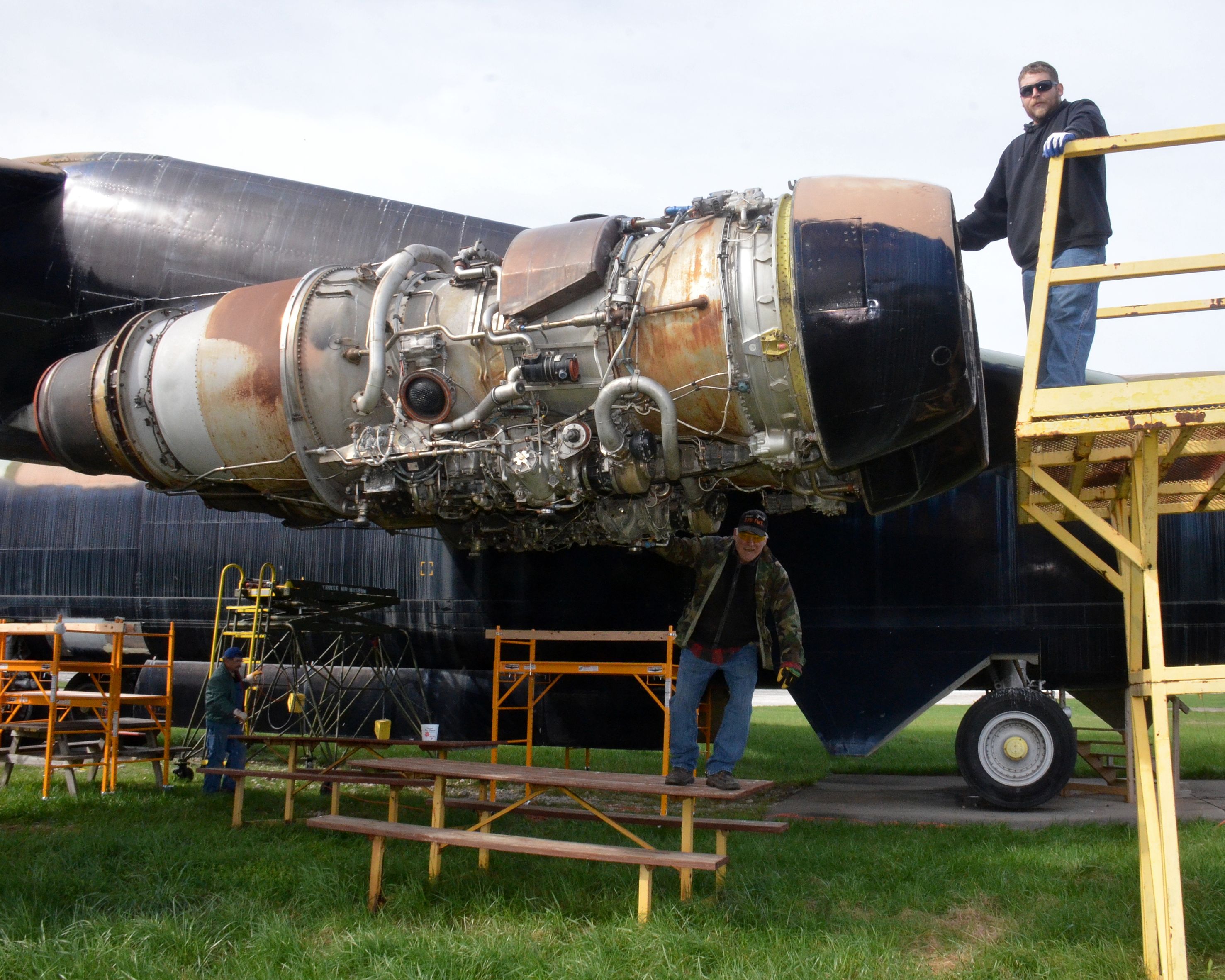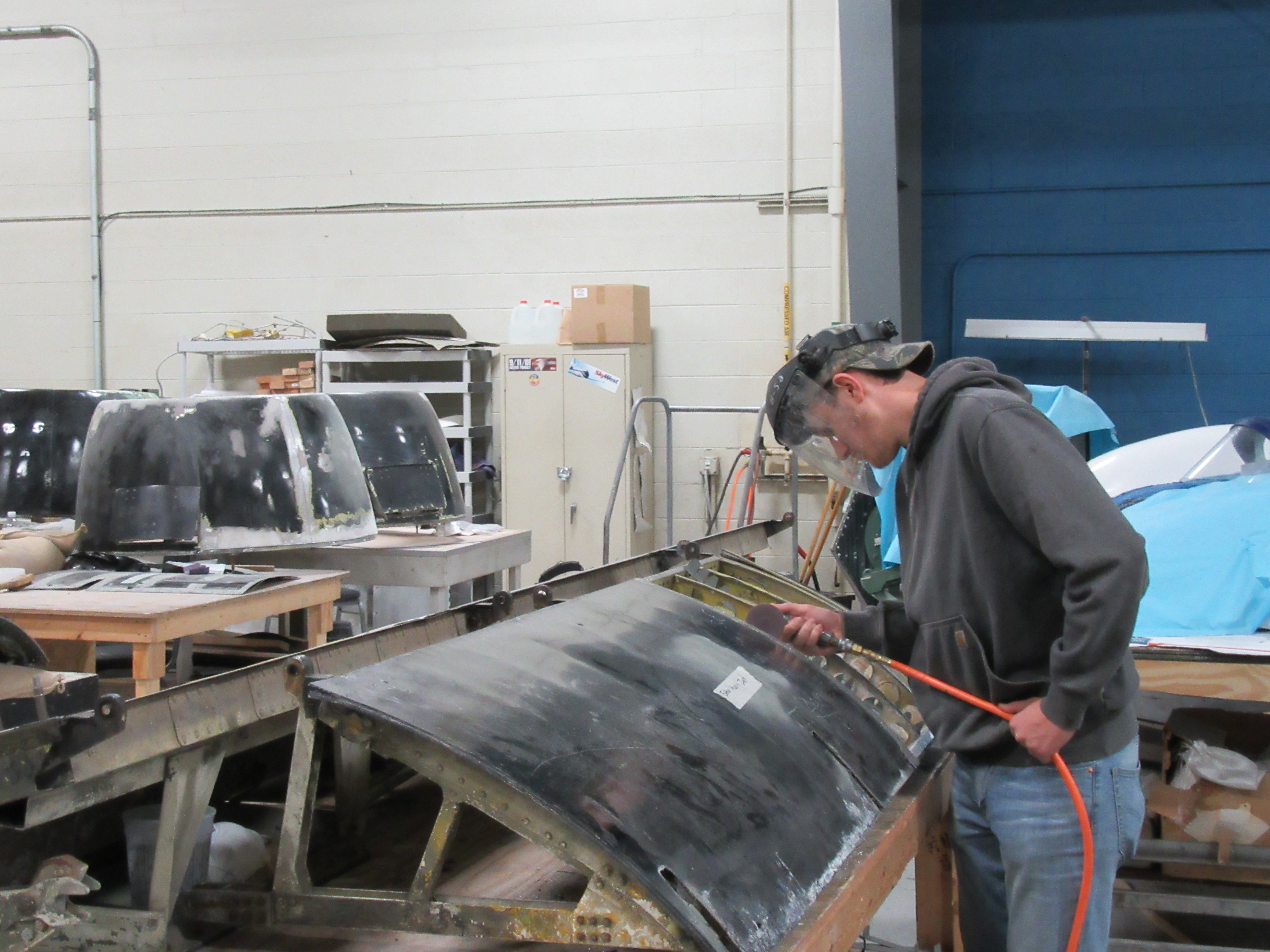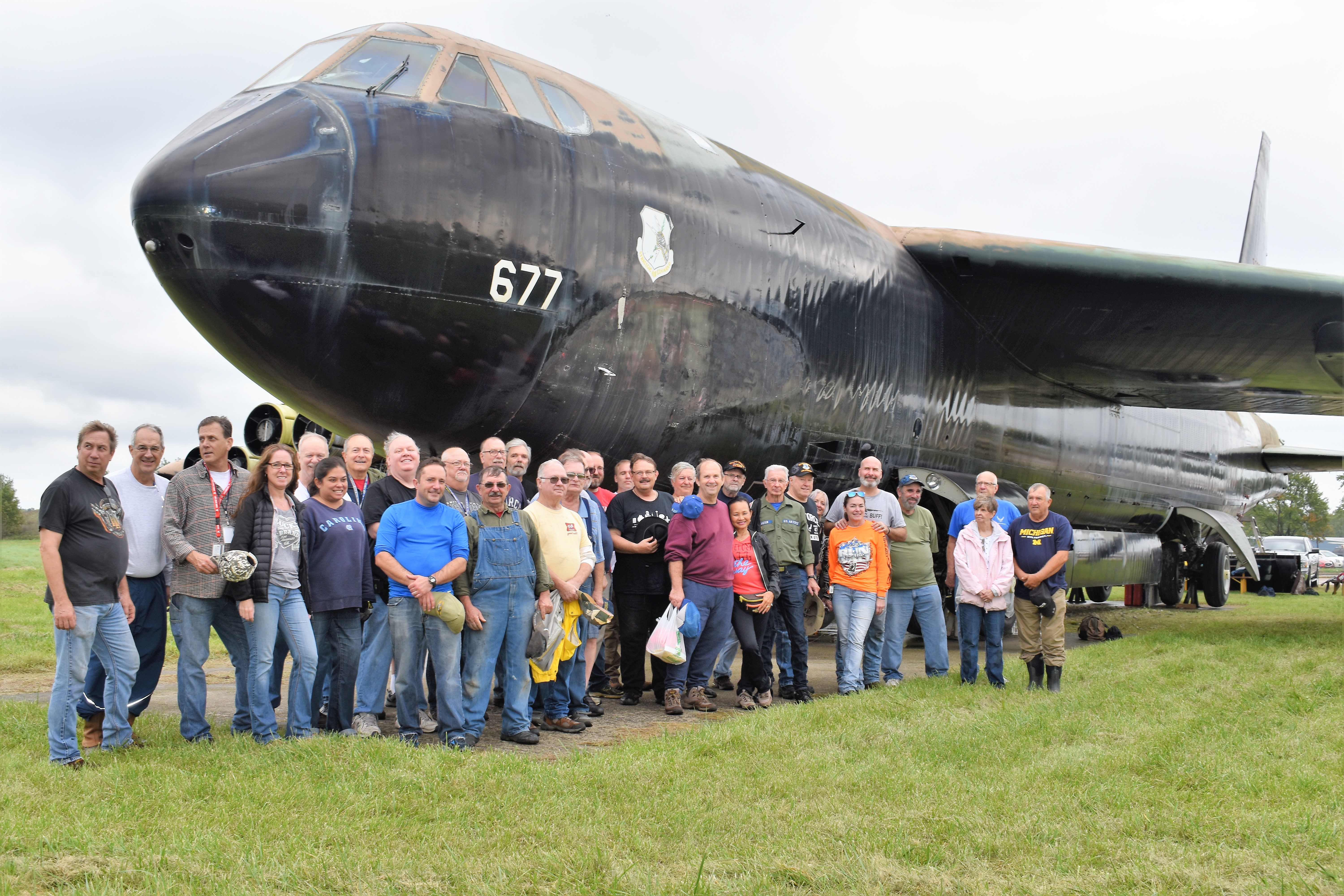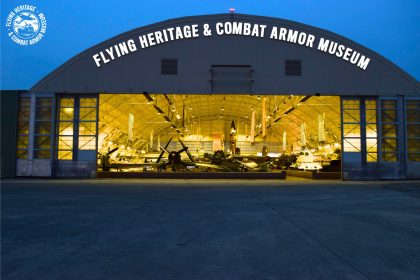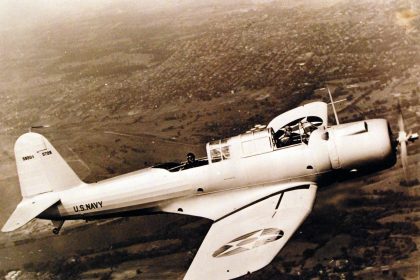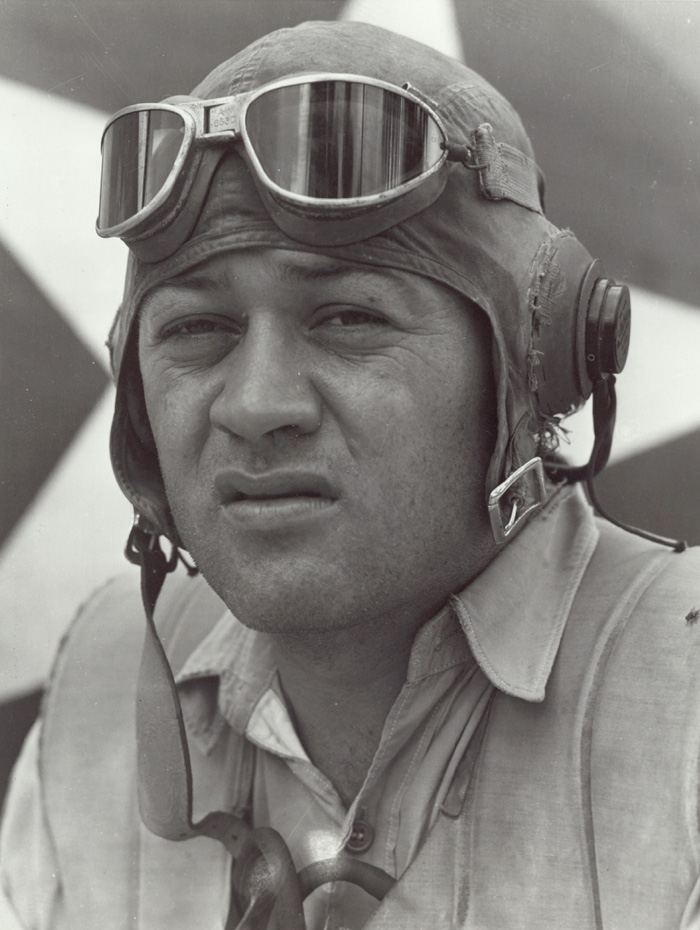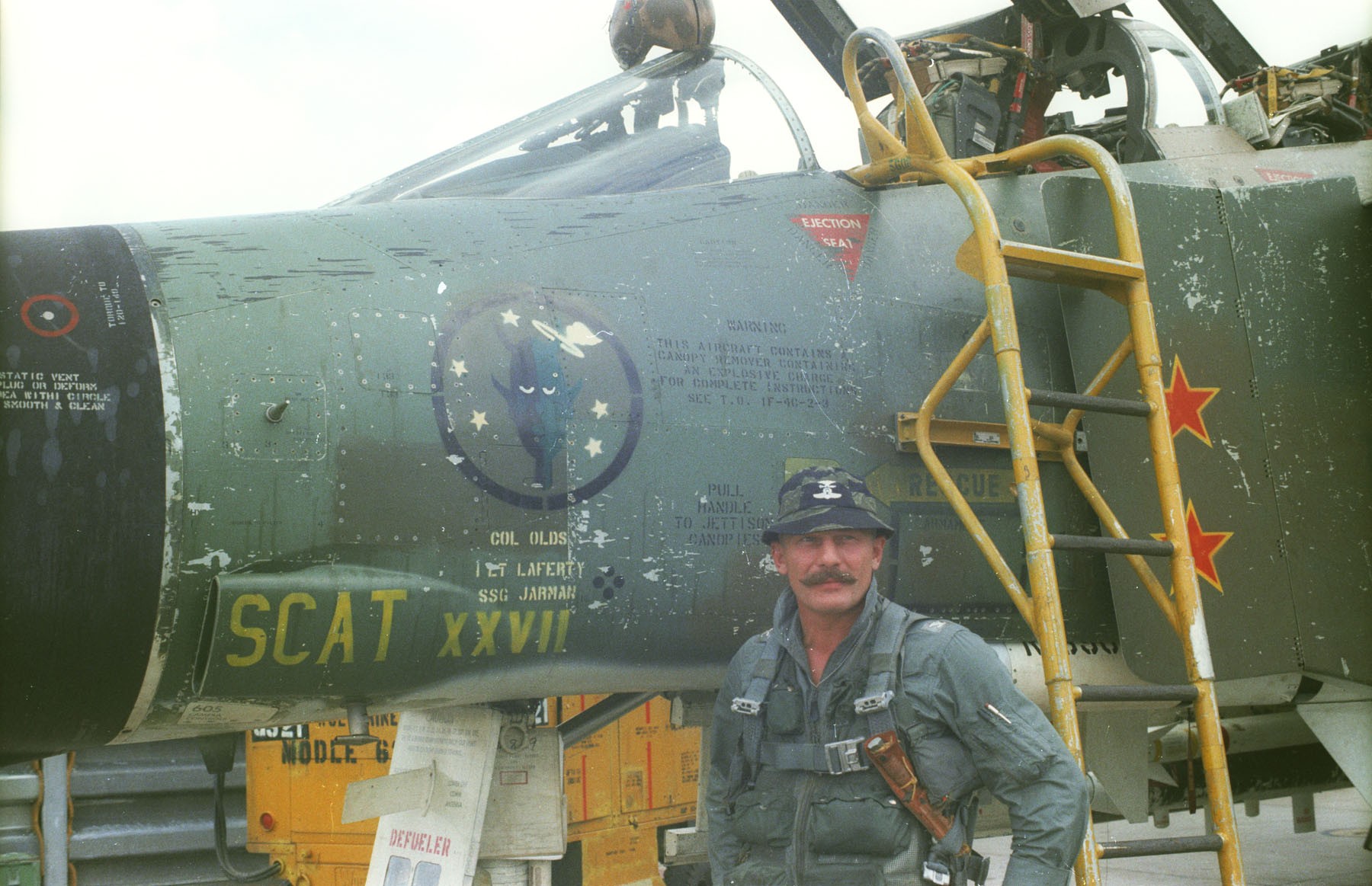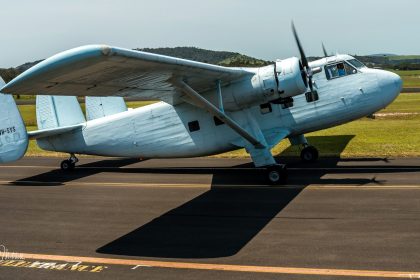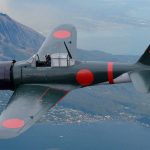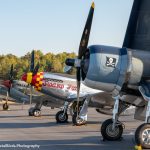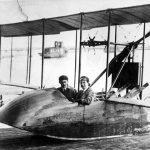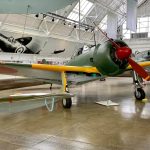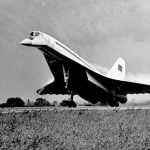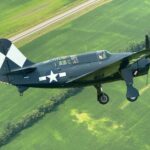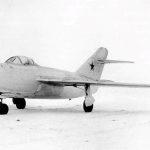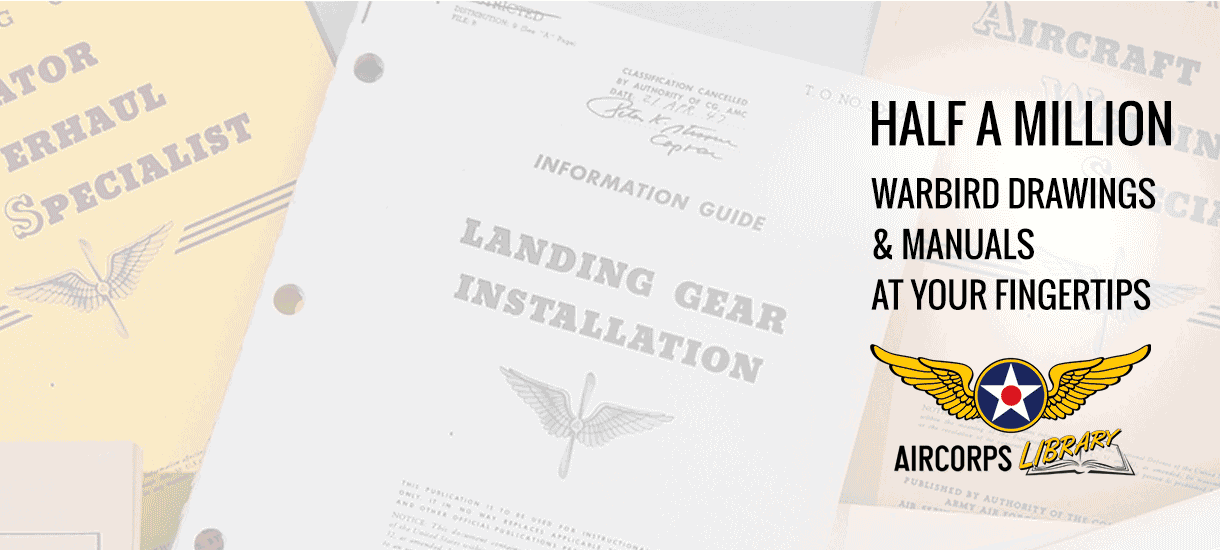Yankee Air Museum’s B-52
by Barry Levine
The Yankee Air Museum in Belleville, Michigan has a wide range of aircraft in its collection – including a Boeing B-52D Stratofortress on permanent loan from the National Museum of the United States Air Force. This early-block B-52D, rolled off Boeing’s production line in Wichita, Kansas as U.S Air Force serial number 55-0677 during the spring of 1957. She saw extensive service in the Vietnam War, reportedly flying more than 600 missions. She operated from several bases during this period, including Anderson Air Force Base on Guam, U-Tapao Royal Thai Navy Air Base in Thailand, and Kadena Air Base, on Okinawa. She also served at Dyess Air Force Base nest Abilene, Texas. The U.S. Air Force retired the old bomber in 1983, with her final flight being to the museum’s base at Willow Run Airport on October 26th that year.
The Museum has had the Stratofortress on external display since that time, as she was simply too big to display indoors. Exposure to the elements took its toll of course, and now there is a restoration project underway on the old bomber. This project is the collective effort of Museum personnel, students and faculty from the MIAT College of Technology (MIAT), and Vietnam War-era veterans who served at U-Tapao (U-Tapao Alumni Association) or other military bases.
All three teams have been hard at work on this aircraft. Some of the work includes repairing/replacing damaged metal in the fuselage, wings, engine cowlings and nacelles, and the stringers supporting the wing surface. Museum support includes a core team of workers – Joe Provost, Nick Consiglio, Bob Bailey, David Barnhart and Luke Noble, with Ralph Kohler and Bob Catalano providing substantial behind-the-scenes support. The U-Tapao “work party” takes place on a semi-annual basis, with participants arriving from a number of states to work on ‘677. At least one of the work party team members, Brad Beall, flew on ‘677 as a tail gunner during Vietnam; others, such as Consiglio and Provost worked on ‘677 in a ground crew capacity. As one can see, the crew working on this project has a lot of emotional connection to this aircraft, Vietnam, and this difficult period in US history.
The U-Tapao crew work with MIAT instructors and students to prioritize the efforts and to ensure that a high level of historical accuracy is maintained, creating a hands-on learning laboratory on one of the most famous aircraft types in the history of the U.S. Air Force. In addition to the technical skills being taught, this project (in Bob Bailey’s words) “… preserves what we can of aviation history and the memory of all the men and woman who came before us.”
The photographs show some of the work underway, with MIAT students and the U-Tapao team. There is also a short video highlighting these efforts below.
Long-term, the Museum’s vision is to move ‘677 to its future home indoors at the National Museum of Aviation and Technology, which will reside within the last remaining section of the old Willow Run Bomber Plant (which rolled out a B-24 Liberator every hour during peak production in WWII). As you would expect, restoring an aircraft this large (it has a 185’ wingspan, and weighs in at about 175,000 pounds empty) and then moving her across the field will be expensive, so any help from the public which the museum can get will be most gratefully received. If you would like to donate to the ‘677 restoration effort, please send a check to Yankee Air Museum, 47884 D Street, Belleville MI 48111 (being sure to write “Project 677 – B52” in the check’s memo section). Alternatively, you can call Elisa Guyton, Associate Director of Development, at 734-483-4030, x227 to pledge your help. Let’s help to preserve this historic combat-veteran aircraft for generations to come!







